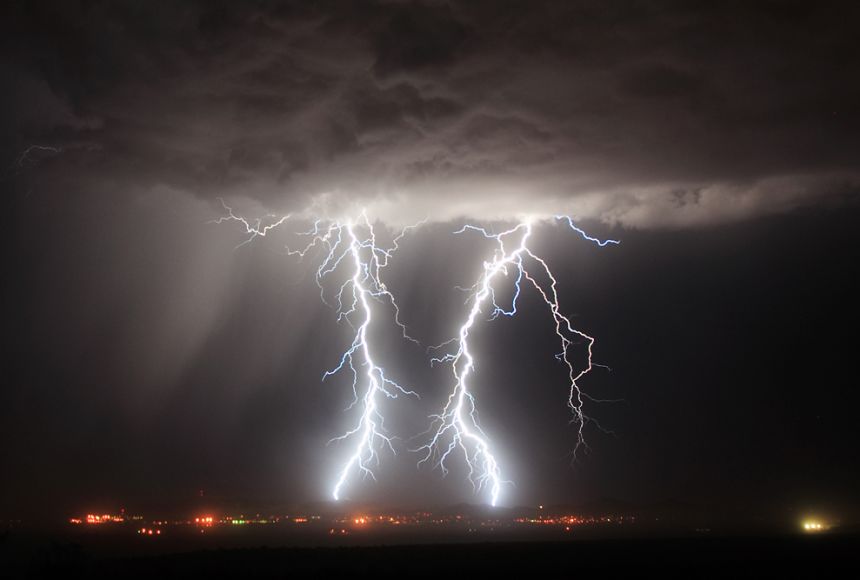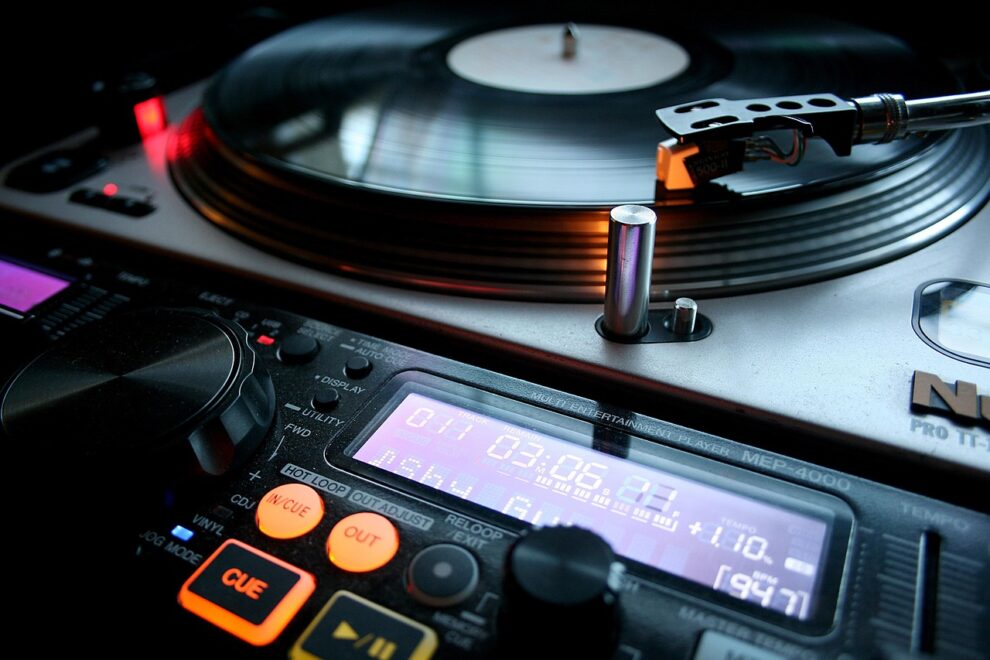The National Weather Service’s decision to eliminate or reduce weather balloon launches in eight northern locations has sparked widespread concern among meteorologists and former agency leaders. This move, which is part of a larger effort to cut costs, will degrade the accuracy of forecasts, particularly during severe weather season.
Weather balloons play a crucial role in providing vital information for forecasting. They soar 100,000 feet into the air, equipped with sensors called radiosondes that measure temperature, dew point, humidity, barometric pressure, wind speed, and direction. This data is essential for predicting weather patterns, including severe storms and tornadoes.
“The thing about weather balloons is that they give you information you can’t get any other way,” said D. James Baker, a former NOAA chief during the Clinton administration. “It’s an absolutely essential piece of the forecasting system.”
University of Oklahoma environment professor Renee McPherson echoed Baker’s sentiments, stating, “This frankly is just dangerous.” Ryan Maue, who served as NOAA’s chief scientist during President Donald Trump’s first term, was equally critical, writing in an email, “Bad. We should not degrade our weather system by skipping balloon launches.”
The weather service has announced that launches will be eliminated in Omaha, Nebraska, and Rapid City, South Dakota, due to staffing shortages. Additionally, launches will be reduced from twice daily to once daily in Aberdeen, South Dakota; Grand Junction, Colorado; Green Bay, Wisconsin; Gaylord, Michigan; North Platte, Nebraska; and Riverton, Wyoming.
The Trump administration’s Department of Government Efficiency has been responsible for the cuts, which have resulted in the loss of hundreds of NOAA jobs. The agency has also announced weather balloon cuts in Albany, New York; Gray, Maine; and Kotzebue, Alaska.
Meteorologists Jeff Masters and Tomer Burg have calculated that 14 of 83 U.S. balloon sites, or 17%, are currently not launching balloons or are launching them at reduced frequencies. This includes two stations that are unable to launch due to a helium shortage and a third that is hindered by coastal erosion.
The consequences of these cuts will be felt most acutely during severe weather season, which is just beginning. University at Albany meteorology professor Kristen Corbosiero expressed concern about the reduced launches, stating, “Wow, that is an empty area… That’s not great.”
Former National Weather Service Director Elbert “Joe” Friday emphasized the importance of weather balloons in predicting severe weather events. “The weather balloons get the detailed lower atmospheric level of temperature and humidity that can determine whether the atmosphere is going to be hot enough to set off severe storms and how intense they might be.”
The reduction in weather balloon launches is particularly problematic in the northern United States, where the jet stream is currently located. This region is prone to severe weather events, and the lack of data from weather balloons will make it more challenging for forecasters to predict these events accurately.
Weather balloons have been a crucial part of the nation’s weather forecasting system since the 1930s. During World War II, weather balloon launches in the Arctic helped the United States win the air battle over Europe by providing better forecasts for planes.
The process of launching a weather balloon is labor-intensive, requiring 90 minutes to an hour to fill the balloon with helium or hydrogen, fit it with a sensor, and prepare it for launch. Meteorologists then track the data for a couple of hours before the balloon falls back to the ground, requiring a total of about four or five hours of work for one person.
Former weather chief Friday recalled launching a balloon in Nome, Alaska, with 30 mph winds and a windchill of about 30 degrees below zero. “It’s kind of fun to do,” Friday said, highlighting the importance of weather ballo



